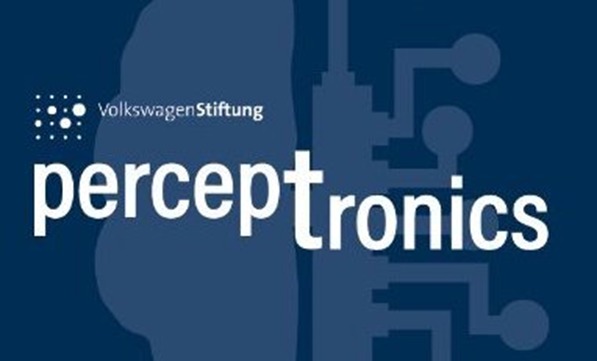
Sensing technologies are becoming more and more crucial to intelligent systems of the future due to the rapid development of Internet of Things (IoT)-enabled applications and connected automation. The potential uses are vast, including everything from smart cities, national defense, and agribusiness to industrial manufacturing, chemical process control, agriculture, and nature conservation. The most common of these sensor platforms are devices that can identify traces of analyte gasses. Specifically, this field has seen a tremendous transformation with the introduction of nanostructured organic and inorganic 2D materials. The enormous surface-to-volume ratios, advantageous electron transport properties, and customizable surface and nanostructure chemistry of the sensing materials have made it possible to create highly selective, highly sensitive, and portable sensing devices.
So far, the fabrication of gas sensors relies on highly advanced technologies such as UV-Lithography on silicon wafers. That process is dominant for fabricating electrodes with dimensions lower than single microns and even in the hundreds of nanometers region. However, the deposition of the sensing materials above the electrodes is mainly implemented manually, or using methods such as drop casting, using more than actually needed from the sensing material. Thus, the lithography fabrication process generated a significant amount of toxic waste. And it enabled low to almost no ability to change the electrode design easily.
Technology has changed, advancing printed electronics techniques, applications, and materials. The path for printed gas sensors has been paved by state-of-the-art printing techniques enabling customized devices, nanoscale features, low waste, high modality, and even low-temperature integration of several materials and functions on a single substrate. Inkjet printing is a promising approach for fabricating gas sensors compared with UV-Lithography.
In this work, we demonstrated printed-gas sensor electrodes using silver ink on Polyimide film (Kapton sheets) with lines width of within the tens of microns, without the need to use other materials to fabricate the electrodes, reducing waste and making the process faster. Afterward, the same printer is used to selectively deposit the graphene ink between the electrodes to reduce the amount of the 2D material needed to fabricate the sensor. This work is the introduction of further studies using other novel 2D materials, such as MXenes and phosphorene that allow the introduction of more modifications that enhance the functionality and selectivity of the gas sensor.

Sensing technologies are becoming more and more crucial to intelligent systems of the future due to the rapid development of Internet of Things (IoT)-enabled applications and connected automation. The potential uses are vast, including everything from smart cities, national defense, and agribusiness to industrial manufacturing, chemical process control, agriculture, and nature conservation. The most common of these sensor platforms are devices that can identify traces of analyte gasses. Specifically, this field has seen a tremendous transformation with the introduction of nanostructured organic and inorganic 2D materials. The enormous surface-to-volume ratios, advantageous electron transport properties, and customizable surface and nanostructure chemistry of the sensing materials have made it possible to create highly selective, highly sensitive, and portable sensing devices.
So far, the fabrication of gas sensors relies on highly advanced technologies such as UV-Lithography on silicon wafers. That process is dominant for fabricating electrodes with dimensions lower than single microns and even in the hundreds of nanometers region. However, the deposition of the sensing materials above the electrodes is mainly implemented manually, or using methods such as drop casting, using more than actually needed from the sensing material. Thus, the lithography fabrication process generated a significant amount of toxic waste. And it enabled low to almost no ability to change the electrode design easily.
Technology has changed, advancing printed electronics techniques, applications, and materials. The path for printed gas sensors has been paved by state-of-the-art printing techniques enabling customized devices, nanoscale features, low waste, high modality, and even low-temperature integration of several materials and functions on a single substrate. Inkjet printing is a promising approach for fabricating gas sensors compared with UV-Lithography.
In this work, we demonstrated printed-gas sensor electrodes using silver ink on Polyimide film (Kapton sheets) with lines width of within the tens of microns, without the need to use other materials to fabricate the electrodes, reducing waste and making the process faster. Afterward, the same printer is used to selectively deposit the graphene ink between the electrodes to reduce the amount of the 2D material needed to fabricate the sensor. This work is the introduction of further studies using other novel 2D materials, such as MXenes and phosphorene that allow the introduction of more modifications that enhance the functionality and selectivity of the gas sensor.